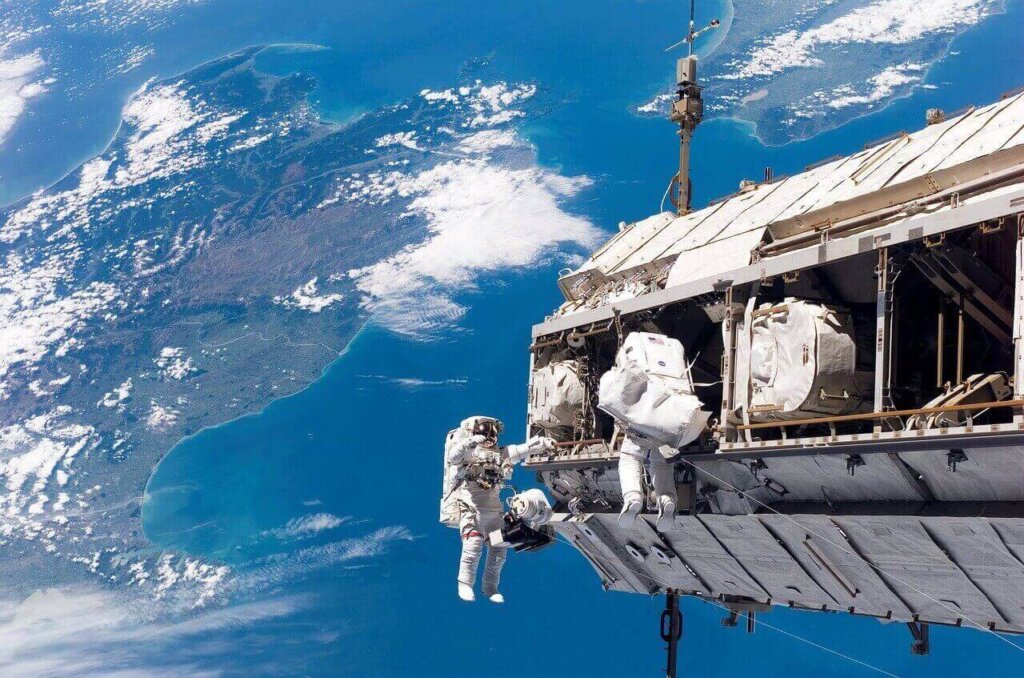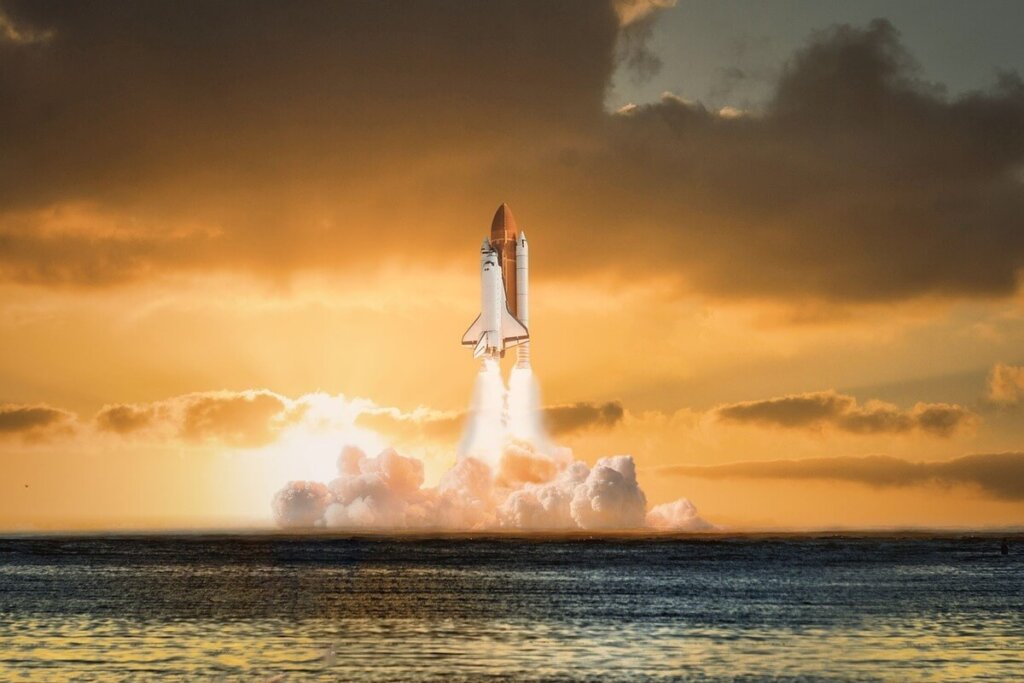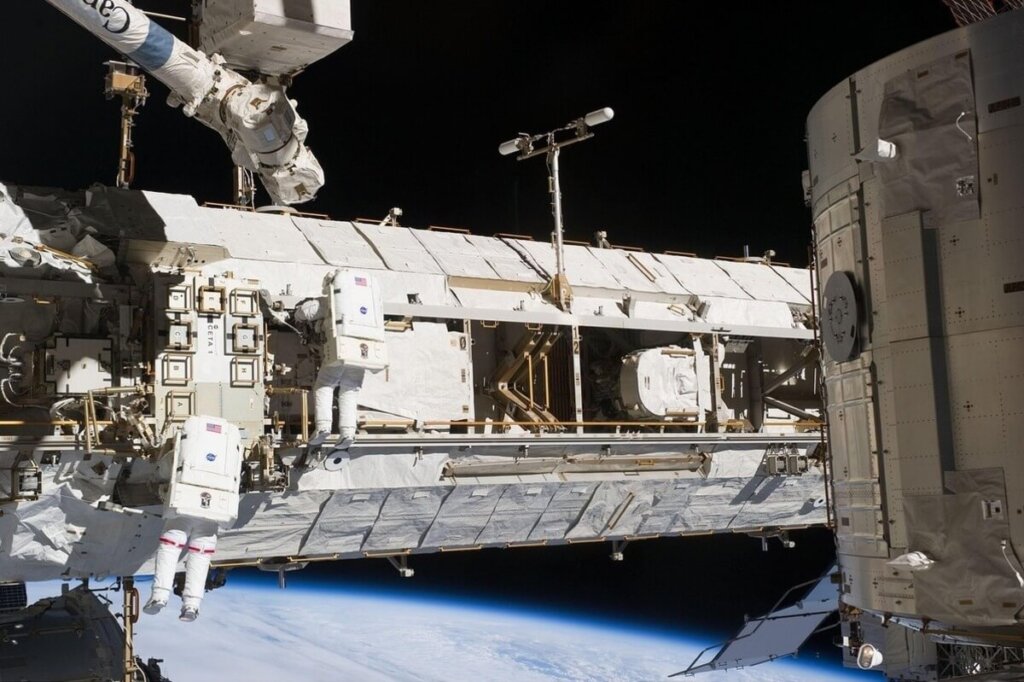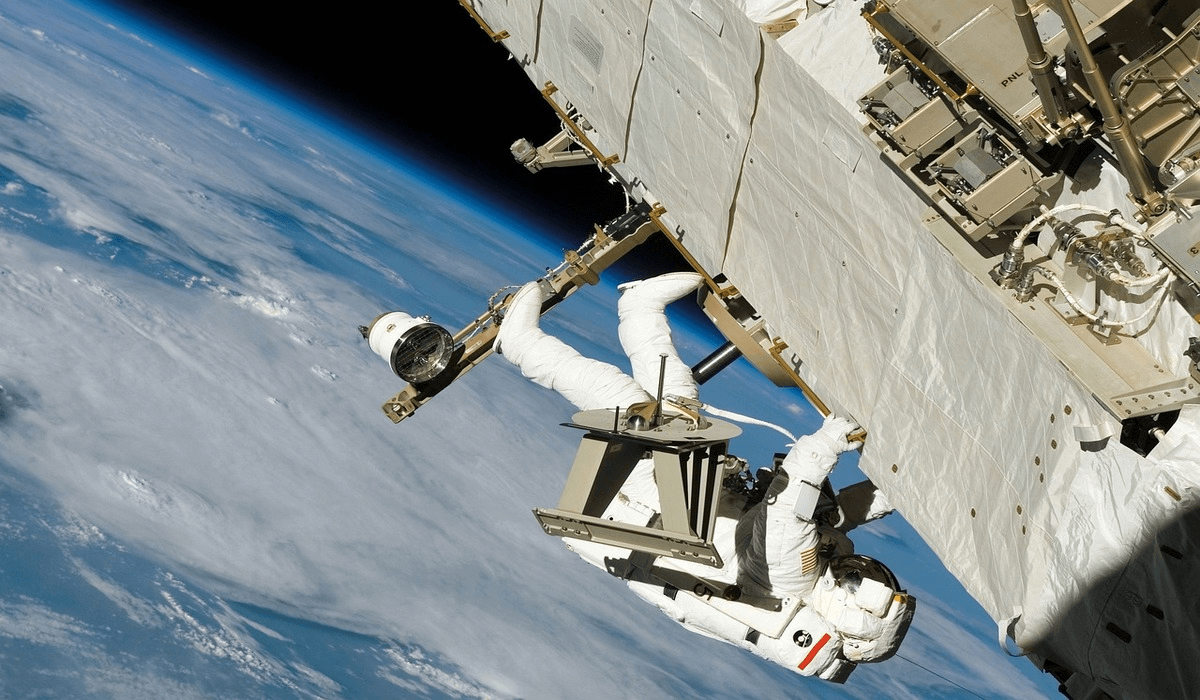From 1957 to 1974, the USA and USSR were locked in a race to be the first nation to reach space. The rivalry peaked in the early 1960s, with the Soviet Union sending cosmonaut Yuri Gagarin into the unknown on April 12, 1961, and the Americans sending astronaut Alan Shepard into the great beyond a few weeks later on May 5, 1961.
Since then, we’ve seen dozens of astronauts sent into space, mostly from three nations: the US, the USSR(Russia), and China. Each country’s space program is unique, but they send astronauts into space for similar reasons.
Countries send astronauts into space to achieve several goals. The primary reasons are moon exploration, repair and maintaining satellites, and conducting research aboard the International Space Station (ISS).
How Often Do Astronauts Go To Space?
The US and Russia (formerly the USSR) sent the largest number of astronauts into the infinite cosmos. As of 2019, the US sent 339 people into space, which is more than 50% of all astronauts to leave the planet.

The US Astronaut Corps comprises approximately 200 members, with around 12 to 20 completing space missions yearly. During their careers, astronauts will go on an average of three to four missions.
Some Astronauts will only experience interstellar travel once or twice during their time with the Astronaut Corps, and some may never make it into space.
How Long Do Astronauts Wait To Go Into Space?
With more than 330 astronauts entering space from the US alone, it’s challenging to give an accurate answer, but the average is around three years. Some aspiring space travelers may go through their entire careers with the hope of reaching the great unknown, only to never go.

Let’s look back in history to the first crewed space missions during the Space Race between the US and USSR. We’ll give you an idea of how long astronauts wait before achieving their ultimate goal of leaving the launchpad on a mission for the stars.
Astronaut Group 1 (1959)
The first NASA astronauts, known as the Mercury Seven or the Original Seven, trained for two years before launching in May 1961. Of the Original Seven, Deke Slayton would wait 15 years after recruitment to land a position on a space mission.
Slayton flew aboard the final Apollo spacecraft on the 1975 Apollo-Soyuz Test Project. Alan Shepard, the first American to reach space, was the only member of the Mercury Seven to ever complete a moonwalk during his stint with the Apollo 14 space mission.
Astronaut Group 2 (1962)
The US recruited more astronauts for the Gemini and Apollo programs missions. All achieved their goal of reaching space, and three became moonwalkers, except one, who perished in a jet crash.
Astronaut Group 3 (1963)
This group experienced flight delays lasting two to five years, with many launching on the Gemini program and early Apollo missions. Only Williams and Freeman wouldn’t make it to the stars after they, too, perished in plane crashes. Chaffee, alongside Ed White and Grissom, would fall victim to the ground fire during the 1967 Apollo 1 mission.
Astronaut Group 4 (1965)
This group included the first astronauts that weren’t jet test pilots. Schmitt played the role of the final moonwalker on the Apollo 17 mission. Some waited eight years to fly to the Skylab space station. Graveline and Michel would experience reassignment before achieving their aspirations of reaching space.
Astronaut Group 5 (1966)
This group featured the only astronauts from the Apollo era to fly in the space shuttle. Duke and Mitchell were the only moonwalkers, with the rest of the team waiting between five to seven years to fly the final Apollo and Skylab space missions.
Weitz, Carr, and Pogue were the only astronauts from the group to fly to Skylab, while Engle, Brand, Lousma, and Haise flew on test atmospheric and orbital missions in the space shuttle. Lind and Bull never left the ground, and Givens perished in a car accident.
Bruce McCandless waited 18 years to fly on a space shuttle mission in 1984. As the astronaut with the longest waiting period to reach space in the history of the US program, McCandless was also the first astronaut to man an untethered spacewalk using the RCS backpack.
Astronaut Group 6 (1967)
This team waited a long time to reach space. None of the 11 astronauts in the program would fly until the start of the space shuttle program in 1981, waiting up to 12 years to achieve their dream.
Four experienced reassignments before receiving any flight plans to reach space. Story Musgrave was the only astronaut to fly into orbit on all five Shuttle Orbiters.
Astronaut Group 7 (1969)
These astronauts got a transfer from the USAF Manned Orbiting Laboratory after its closure, with all of them becoming the inaugural crews of the shuttle.
Robert Crippen joined John Young on the first space shuttle launched in 1981, the STS-1. All members of Astronaut Group 7 waited at least 12 years to reach space.
Astronaut Group 8 (1978)
Group 8 is the final one we’ll look at in this section. It consisted of 35 space shuttle pilots, most reaching space within three years of joining the group. Astronaut Group 8 would feature the first African-American, female, Asian, and Jewish pilots.
Unfortunately, these achievements were not without tragedy. Onizuka, Resnik, Scobee, and McNair, would all die in the infamous Challenger flight in 1986.
Many other Astronaut groups followed the eight mentioned, most of them waiting two to eight years to fly. These waiting periods may slow or speed up, depending on the closure of the ISS in 2028 and the start of the Artemis lunar program.
How Long Is A Space Mission?
The International Space Station (ISS) has been responsible for most astronaut missions in the last few decades. Typically, a visit to the ISS lasts around six months for astronauts, with the country’s space program determining the length of stay.

The ISS is the only microgravity laboratory in space, housing over 3,600 researchers from 106 countries. During its time orbiting earth, the men and women aboard the craft conducted over 2,500 experiments. The ISS remains a symbol of cooperation between earth’s nations, providing economic, technological, educational, and scientific value to humanity.
The ISS features modular construction with nodes connecting the structure. The station gets its power and temperature regulation from solar installations connected to the ISS using a truss, keeping the astronauts in a comfortable climate.
The ISS is the third-brightest light in the sky, and you see it passing overhead at dusk or dawn. The space station looks like an airplane without flashing signal lights to the naked eye. NASA offers curious stargazers a tool to track and spot the ISS as it orbits.
In Conclusion
Astronauts visit space for various reasons. The most common being missions to the ISS. While aboard, astronauts conduct research, including testing new medical technology and studying plant growth in space.
They’ll maintain the ISS through spacewalks and act as liaisons between the crew and ground control. Astronauts eat, sleep, and exercise aboard the ISS, and they’ll read books, watch movies, and play training video games to kill time.
Thanks to the advances in communications tech, they can easily stay in touch with their families while aboard the ISS.

